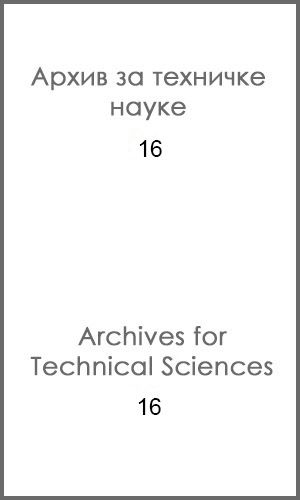PETROGRAPHIC CHARACTERISTICS OF MAFIC EXTRUSIVE ROCKS ALONG THE SOUTHWESTERN PART OF MAJEVICA
DOI:
https://doi.org/10.7251/afts.2017.0916.001BAbstract
Total number of nineteen mafic extrusive rock samples is subjected to the detailed optical examination.
Based on definition of mineral composition, structure, texture, type and intensity of alteration processes,
and taking into consideration the recent classification schemes, different lithotypes are defined. The
most frequent are spilites distinguished by classical "spilite" mineralogy (albite), and very often with
"quench" texture and amygdaloidal structure. Diabases consist of primary plagioclase and
clinopyroxene which are often decomposed and disintegrated. Diabase rocks are mostly characterised
with ophitic texture and massive structure. Coarse grained varieties are characterized as dolerites, the
rocks in which intensity of alteration process is significantly lower than in previous lithotypes. Varieties
with frequent occurrences of amphibole got adjective amphibolic. The most common and the most
intense alteration processes are albitization and chloritization. Alteration processes of lower intensity
are actinolitization, pumpellytization, zeolitization, carbonation-calcitization, limonitization,
kaolinitization and silicification. Depending on alteration degree a certain lithotypes are named with
prefix meta (metadiabases and metadolerites).

